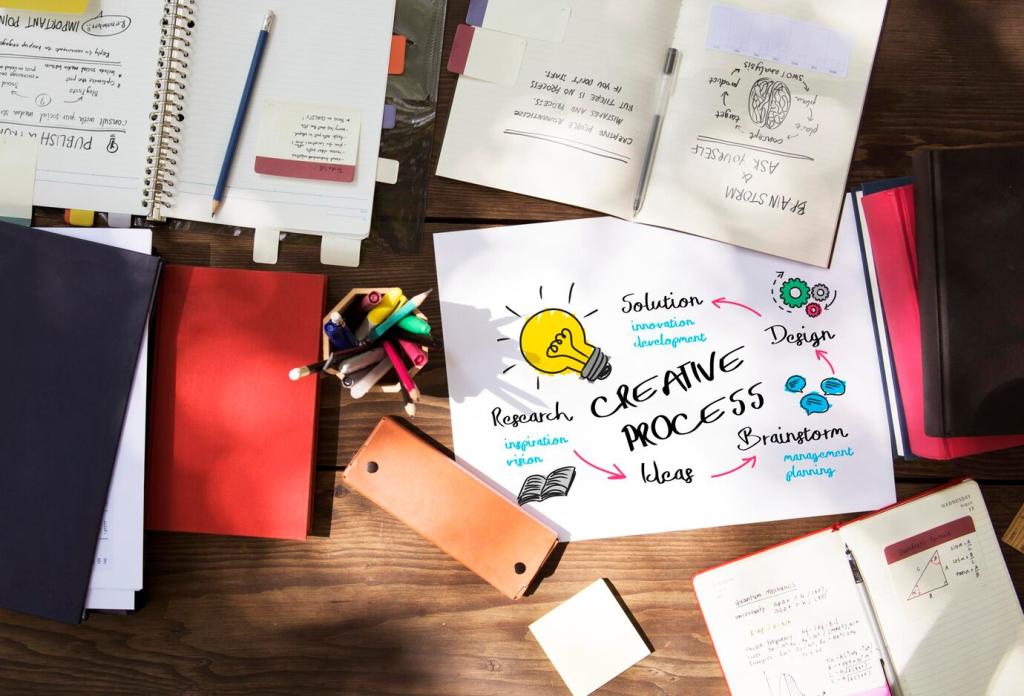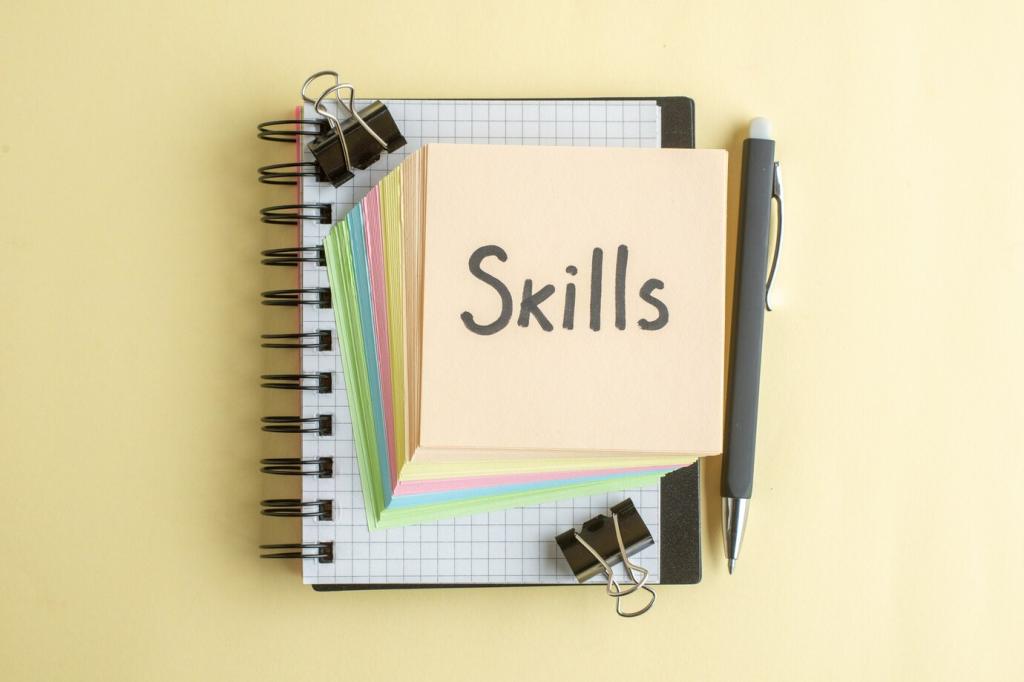Stress Management for Workplace Success
Chosen theme: Stress Management for Workplace Success. Step into a practical, encouraging space where we turn pressure into clarity, routines into resilience, and everyday work into sustainable, meaningful progress. Subscribe and join the conversation to share your wins, struggles, and stress-busting tips.

What Workplace Stress Really Is
01
Common Stressors You Can Actually Tackle
Unclear priorities, constant interruptions, shifting deadlines, and context switching all amplify stress. Add remote friction, like misread messages and time zone lag, and pressure mounts. Naming each stressor is the first step; it turns a vague cloud into solvable, specific problems.
02
Early Signals Your Body Sends
Tight jaw, shallow breathing, racing thoughts, and irritability are early flags. So are procrastination, cynicism, and poor sleep. Catching these signals early lets you intervene with small resets before tension hardens into burnout. Which signals show up for you most often?
03
The Real Costs—and Why Change Matters
Unmanaged stress quietly taxes decision quality, creativity, and relationships. Teams start firefighting instead of planning. Morale erodes. The good news: simple routines compound. Share your top workplace stressor in the comments and we will prioritize tools that match your reality.
Daily Techniques That Work in Real Offices
Try this loop: inhale four counts, hold four, exhale six. Roll your shoulders, lengthen your spine, relax your jaw. Then ask: what single next action would make the rest easier? Set a timer for two minutes and try it now. Tell us how it felt.
Daily Techniques That Work in Real Offices
Sort tasks into urgent and important, then decide: do, schedule, delegate, or delete. Protect one important, non-urgent task daily to reduce tomorrow’s pressure. End your day by queuing tomorrow’s top three. Share your lineup style so readers can learn from your approach.

Saying No Without Burning Bridges
Use a respectful decline with context and alternatives: I can help next Tuesday, or here is the draft you can adapt. Offer options and confirm the priority trade-off. Practice one script today and tell us what wording felt both honest and professional for you.
Meeting Smarter: Protect Focus Time
Default to 25- or 50-minute meetings with an agenda and owner. Cluster similar meetings, and block maker hours for deep work. If the goal is unclear, request clarity before accepting. Share your best focus-block tactics so others can try them this week.
Asynchronous Norms That Respect Time Zones
Set response-time expectations, use clear subject lines, and include a summary with explicit asks. Record quick video updates to avoid unnecessary calls. Triage channels daily instead of living in notifications. Comment with the async rule that most reduced your stress.

Psychological Safety Starts With Micro-behaviors
Thank people for surfacing risks, not just solving them. Ask, What are we missing? and listen fully. A manager named Maya began meetings with one minute of assumptions to challenge; risks surfaced earlier and rework dropped. Managers, try this and report back on changes you notice.

One-on-Ones That Actually Reduce Stress
Split time: 30 percent tasks, 30 percent roadblocks, 30 percent development, and 10 percent feelings check-in. Capture decisions and the next experiment. Predictability reduces anxiety. Share your one-on-one template so others can adapt it to their team rhythm.

Recognition as a Pressure Valve
Weekly wins take seconds and shift culture. Celebrate small, unglamorous progress like cleaning data or documenting process. Recognition clarifies what matters. Start a Friday wins thread and tag a colleague today. Tell us how the mood changes after two consistent weeks.
Track Triggers, Moods, and Energy
Use a simple log: time, task, people, mood, energy, and a quick note. After two weeks, patterns emerge. Sam discovered back-to-back context switches tanked energy more than long tasks. Try logging for seven days and share one surprising insight you found.
Timeboxing Based on Energy, Not Just Time
Map your high-energy hours to priority work. Use medium energy for collaborative tasks and low energy for admin. Protect a daily recovery buffer before your toughest block. If afternoons slump, schedule a walk before deep work. Subscribe for a printable timeboxing template.
Recovery Routines Beyond the Office
Aim for a consistent sleep window, dim screens early, and anchor wake time. Move daily, even if it is a ten-minute walk. Favor protein, fiber, and water to stabilize energy. Start tiny this week and comment with one basic you will protect.
Recovery Routines Beyond the Office
Five minutes of breath, a quick gratitude note, or stepping into sunlight can reset your nervous system. Jon kept a daily two-line journal and noticed fewer spirals. What micro-habit steadies you fastest? Share it so someone else can borrow your practice.

